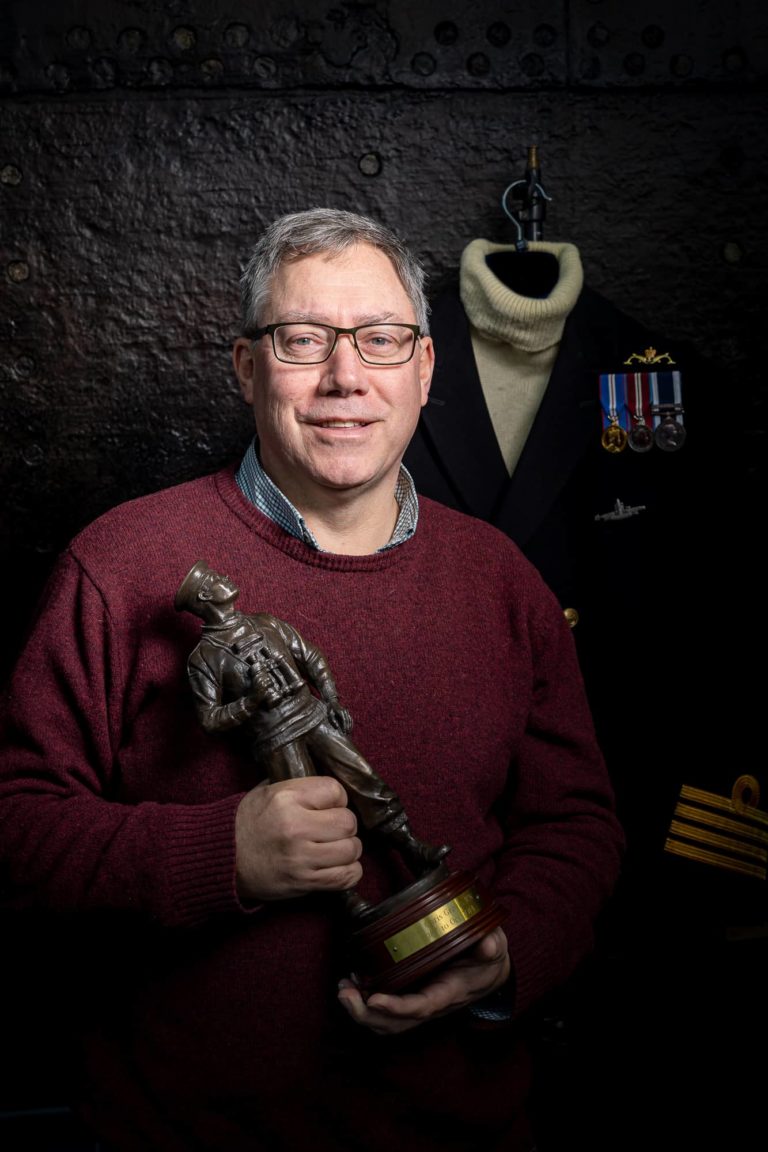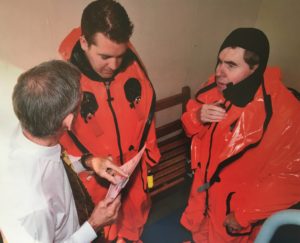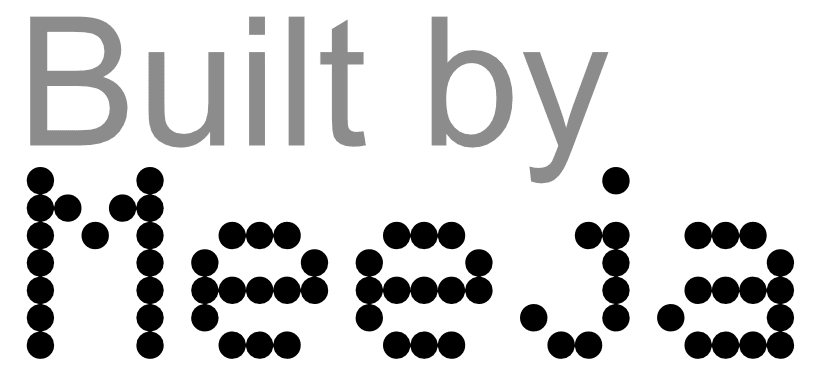Chris Groves – Officers Training course (OTC)
When I joined the Submarine Service which was in 1989, the Submarine School for the Royal Navy was based here in Gosport in HMS Dolphin, and so you joined HMS Dolphin to do what was called the ‘Officer’s Training Course’, the OTC.
So, I joined and did the OTC which as I remember it was about 3 months long, and it included a whole load of education on submarine systems, how submarines operate, what the differences are between you know surface ships and submarines in terms of routines and then you learn what it is to do navigation in a submarine, significantly different to obviously doing navigation on a surface ship, although there are many similarities, but dived navigation is particularly difficult and different.
And you also learn a lot about submarine warfare and how to understand what the surface picture and sub-surface picture is in terms of … there’s one key element to the Submarine Service which is around Target Motion Analysis which is using sonar bearings to work out the position, course and speed of either a submarine or ship, and so that’s very different to the way surface warfare is conducted.
And you also do Target Motion Analysis using the frequency that some of these assets produce, and so you need to do some reasonably complex mathematics using trigonometry and then using some frequency and doppler techniques. So, you got to learn your particular sines.
So, the Officer’s Training Course is kind of split between three different elements, so you did the Systems section, where you’re learning about submarine systems.
We then went off to Greenwich and we spent a period of time at Greenwich, the Naval College that was there then, and did what was called our ‘Greenwich Nuclear Course’ and unbeknown to many people, around the UK at that time we actually had a small nuclear reactor in the College at Greenwich, the Nuclear College, and so we did I think it was about 6 weeks of the Greenwich Nuclear Course, learning about the reactor and Nuclear Systems.
Nuclear Physics and Nuclear Chemistry and Reactor Physics, some Metallurgy and all sorts of interesting elements, to give you enough information to become the Officer of the Day that has charge of the Nuclear Submarine really, or the Officer of the Watch that has charge of the Nuclear Submarine when at sea.
And then once that was completed, you then went back to the Submarine School and you did the Warfare Phase and that’s where you learnt the Navigation and the Warfare elements that I was talking about, Time Motion Analysis and Periscope Watch Keeping and how to use a Periscope, how to look through it, how to do a proper all round look in a Periscope and keep yourself safe.






